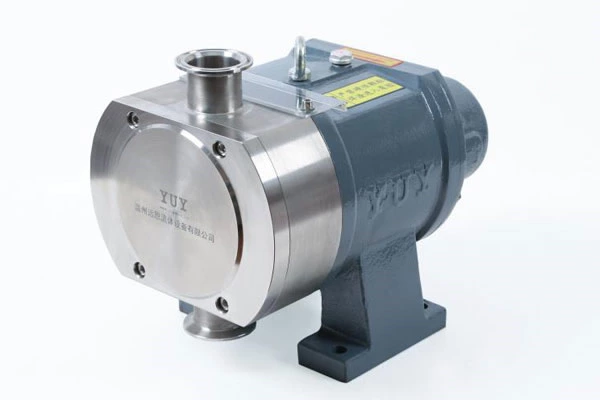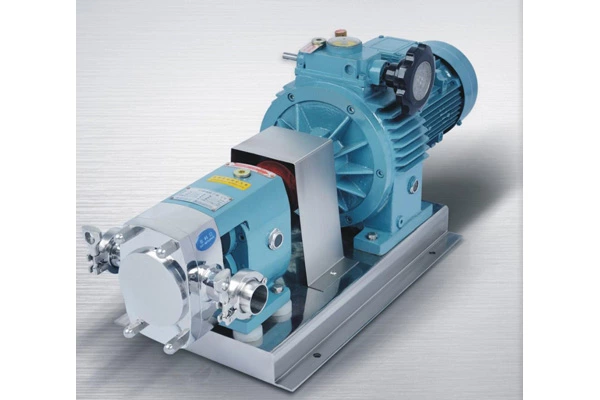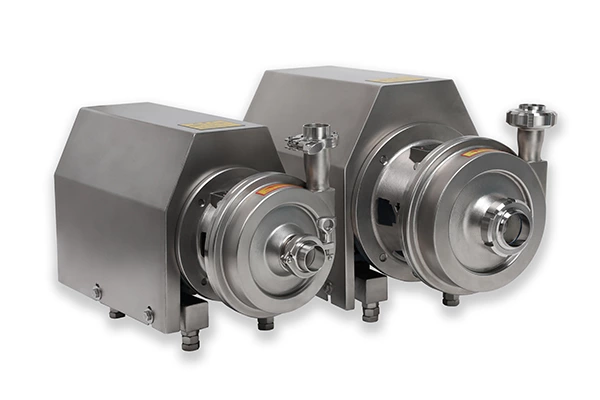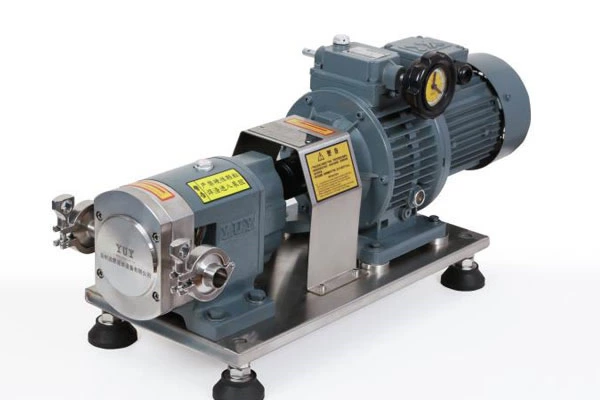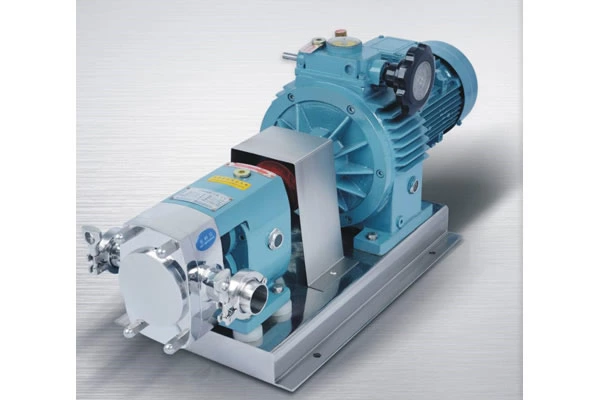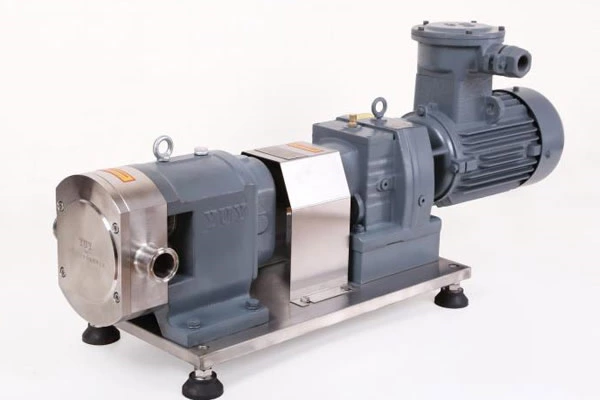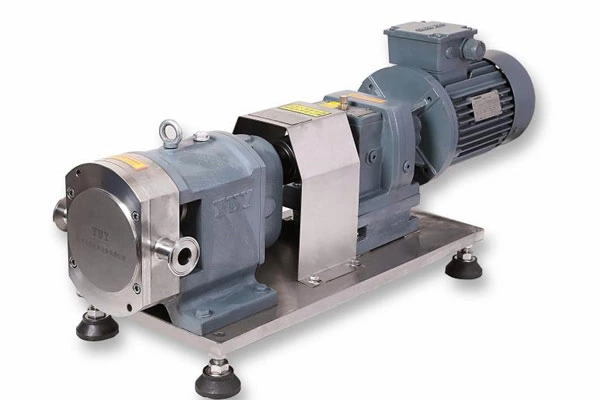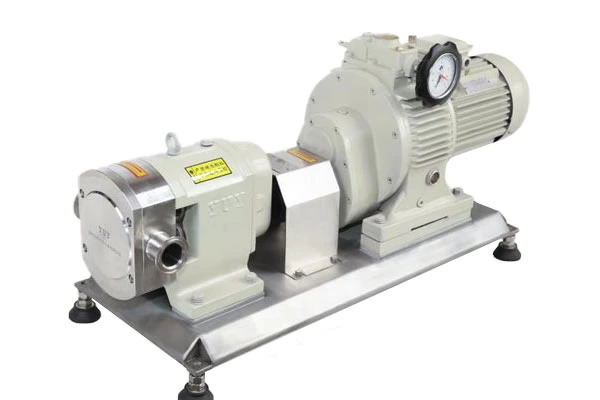Reasons Why Sanitary Rotary Vane Pumps Cannot Pump Water
Sanitary Rotary Lobe Pump integrates self-priming and non-clogging sewage discharge, adopts axial reflux external mixing, and through the unique design of pump body and impeller flow channel, it can not only do not need to install bottom valve and water diversion like general self-priming clean water pump, but also can suck and discharge liquid containing large solid particles and long fiber impurities. The non-clogging self-priming pump can be widely used in municipal sewage projects, river pond breeding, light industry, papermaking, textile, food, chemical industry, electricity, fiber, slurry and mixed suspension and other chemical media. The most ideal impurity pump.
The sanitary rotary vane pump has a simple structure, good self-priming performance, strong sewage discharge capacity, high efficiency and energy saving, and is easy to use and maintain. It is the first domestic innovation in corrosion-resistant pumps and series products. Various technical performance indicators are leading in China and have reached the international advanced level, with a broad application market and development prospects.
Reasons why sanitary rotary vane pumps cannot pump water:
1. Due to insufficient carefulness in the installation process, for example, the inlet pipe of the self-priming pump should be supported by other supporting measures to support the weight of the inlet pipe, and some users rely on the self-priming pump to carry the weight of the entire inlet pipe during installation and use. In this way, when installing the inlet pipe, it is easy to have the joints and flanges sealed imperfectly, and the atmosphere is sucked into the pipe so that the entire system cannot reach the negative pressure state and is always in the exhaust state. After a long time, the water temperature in the pump body rises, resulting in the phenomenon that the self-priming pump cannot pump water. The solution is to readjust the installation method to detect the leaking point and repair it.
2. The self-priming height of the self-priming pump is about 5 meters. If it exceeds the specified self-priming height, it will also be the reason why the self-priming pump cannot pump water. In addition, some users have multiple elbows in the water suction pipe. The number of elbows allowed in the inlet pipe of the self-priming pump during normal installation and use is preferably between 1 and 2. Exceeding it will also cause the self-priming pump to fail to pump water. If it exceeds 5 meters and is within 9 meters, it is recommended to use our company's strong self-priming pump or the fastest self-priming pump.
3. Due to the lack of knowledge about the operation and use of the self-priming pump, the self-priming pump cavity was not pre-filled with water before the first use of the self-priming pump, so the self-priming pump could not pump water. In this case, you only need to fill the pump with water to suck up water.
4. Since the suction pipe of the self-priming pump is not configured according to the allowed pipe size, but the suction pipe is enlarged or changed from one to multiple suction pipes, it will cause the self-priming pump to not suck up water. Therefore, please consult a professional self-priming pump manufacturer engineer before changing the size of the inlet pipe or increasing the number of pipes.
5. Since the depth of the water inlet of the self-priming pump being submerged by water does not reach more than 25cm, the air content on the surface of the liquid is also a reason why the self-priming pump cannot suck up water. The solution is to extend the suction pipe to the bottom of the pool.
6. Due to the rapid flow of water in the river or sewer, the inlet pipe of the self-priming pump shakes, which will also cause the self-priming pump to fail to pump water. The solution is to make a baffle around the water inlet of the self-priming pump to reduce the water flow, or use a vacuum-assisted self-priming pump to improve the self-priming performance of the self-priming pump.
7. Before using the self-priming pump for the first time, you need to check whether the motor is reversed. If it is reversed, the self-priming pump will not be able to suck up water.
